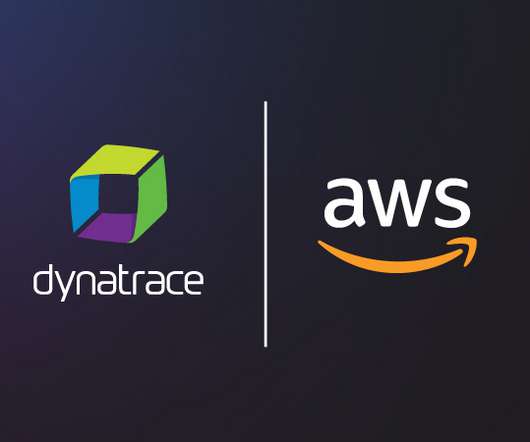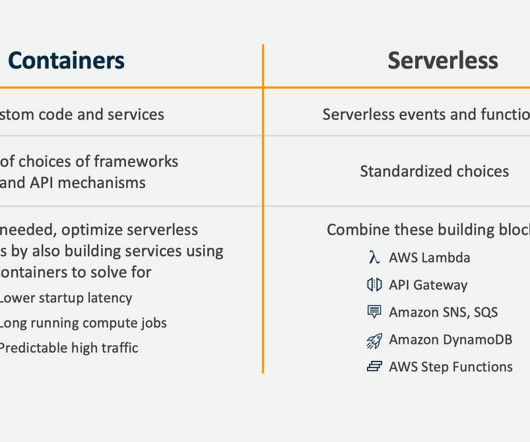AWS Lambda Performance Tuning & Best Practices (2021)
Simform
JANUARY 2, 2021
Efficient configuration of AWS Lambda functions is highly critical when you're expecting an optimal performance of your serverless applications. This blog discusses potential serverless performance bottlenecks and ways through which you can finetune AWS Lambda performance.












Let's personalize your content